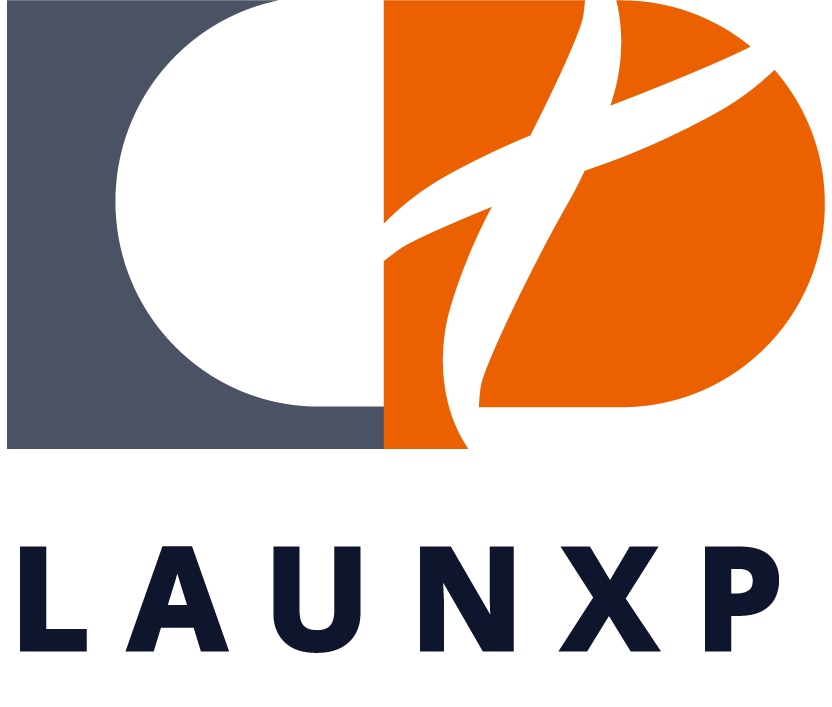R&D Projects
Strengthening competitive positioning in drug development
LaunXP is pursuing a three-track innovation development strategy focused on cancer drug research and development. This includes developing 505(b)(1) new chemical entity (NCE) drugs, exploring new uses for existing medications (505(b)(2)), and developing virus-like particle and nanoparticle formulations for precision drug delivery in cancer treatment.
505(b)(1)
Develop 505(b)(1) new chemical entity (NCE) drugs.
505(b)(2)
Explore new indications for 505(b)(2) designation
The 505(b)(2) new drug development process involves modifying an existing drug’s formulation, delivery route, dosage, or approved use. This approach allows referencing existing clinical data or published literature when applying for a new drug, which can accelerate time to market, reduce development costs, and provide more treatment options to patients earlier.
Virus-like particles
Research is underway on virus-like particles and nano-formulation anticancer drug
We are expecting an increase in the therapeutic effect of pharmaceuticals through precise drug delivery. We are looking forward to providing more efficient therapies and improving the quality of life.
505(b)(2)
Explore new indications for 505(b)(2) designation
The 505(b)(2) new drug development process involves modifying an existing drug’s formulation, delivery route, dosage, or approved use. This approach allows referencing existing clinical data or published literature when applying for a new drug, which can accelerate time to market, reduce development costs, and provide more treatment options to patients earlier.

